-
Welcome to Tundras.com!
You are currently viewing as a guest! To get full-access, you need to register for a FREE account.
As a registered member, you’ll be able to:- Participate in all Tundra discussion topics
- Transfer over your build thread from a different forum to this one
- Communicate privately with other Tundra owners from around the world
- Post your own photos in our Members Gallery
- Access all special features of the site
Help: Catastrophic Engine Failure 5.7L V8
Discussion in '2nd Gen Tundras (2007-2013)' started by 4Runner_1986, Feb 26, 2021.
Page 4 of 4
Page 4 of 4


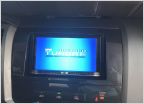 Dash angle and Screen install?
Dash angle and Screen install?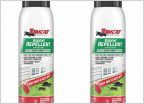 No one has been able to solve this yet.....
No one has been able to solve this yet.....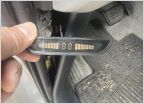 Unknown device driver side kick panel
Unknown device driver side kick panel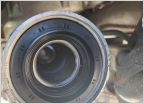 CV Axle Leaking...again!
CV Axle Leaking...again!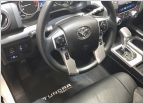 2014-2020 steering wheel in a 2010
2014-2020 steering wheel in a 2010














































































